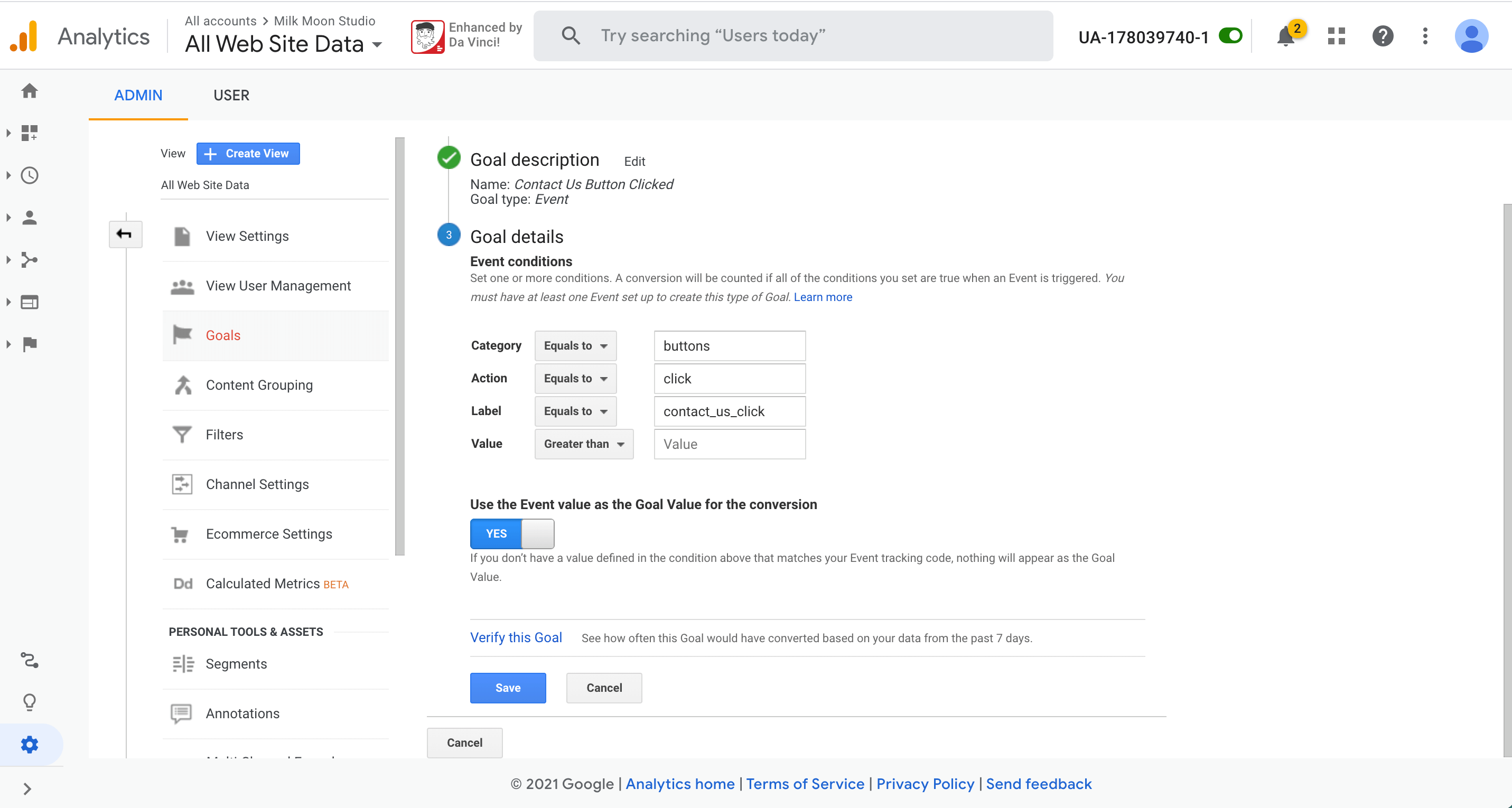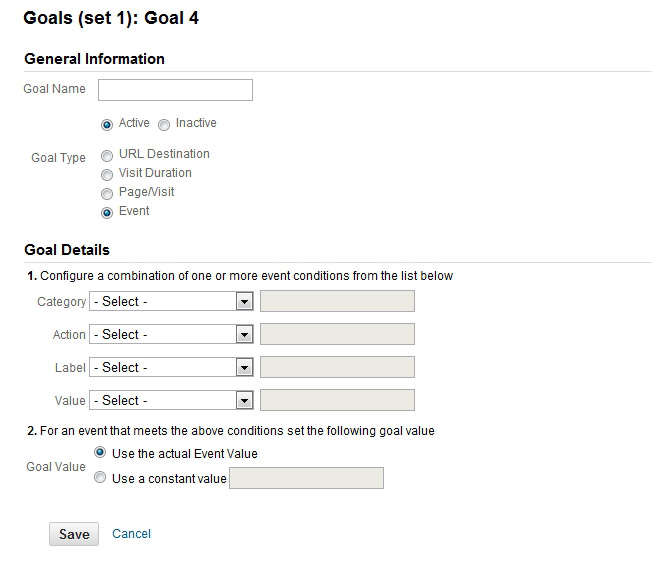What Data Is Google Analytics Goals Unable to Track: A Full Guide
What Data Is Google Analytics Goals Unable to Track: A Full Guide
Blog Article
Unveiling the Blind Spots: Comprehending What Google Analytics Goals Can not Measure
In the realm of electronic analytics, Google Analytics stands as a powerful device for monitoring and analyzing online individual communications. Nonetheless, in the middle of its robust capacities, there exist dead spots that commonly avert measurement. Recognizing what Google Analytics objectives can not gauge is crucial for gaining a comprehensive view of individual behavior and involvement. As we explore the details of these blind places, we reveal a complicated web of uncharted regions that hold valuable understandings right into customer actions and motivations, difficult traditional knowledge and losing light on the constraints of our data-driven understanding.
Individual Habits on External Operatings Systems
Comprehending how users engage on exterior systems is crucial for optimizing online strategies. Outside systems, such as social media sites networks, recommendation internet sites, and online discussion forums, play a substantial function in driving website traffic to a firm's website. By assessing user actions on these systems, businesses can acquire useful understandings into the efficiency of their advertising and marketing efforts and the choices of their target audience.
One secret aspect of individual actions on outside platforms is the recommendation resource. By tracking where the customers are coming from, organizations can determine which systems are driving the most traffic to their site. This information can aid firms allot their resources better, focusing on the platforms that generate the most effective outcomes.

Offline Conversions and Communications
Examining user habits on external systems offers useful understandings into on the internet methods; nonetheless, thinking about offline conversions and interactions is just as essential for an extensive understanding of a business's general efficiency. While Google Analytics succeeds at tracking on-line interactions, it drops short in recording the full client trip that often consists of offline touchpoints. Offline conversions, such as in-store purchases or phone inquiries, play a considerable function in many companies' success. Disregarding these communications can result in a distorted sight of the performance of advertising campaigns and overall business efficiency.

Acknowledgment Beyond Last Click
When diving into the world of electronic advertising and marketing analytics, it ends up being necessary to look past the single touchpoint of the last click special info for a more comprehensive understanding of acknowledgment. While Google Analytics provides beneficial understandings into user actions, counting entirely on last-click attribution can be limiting - what data is google analytics goals unable to track. Attribution designs that exceed the last click offer a much more nuanced sight of the consumer journey, taking into consideration all the touchpoints that cause a conversion
Attribution beyond the last click enables marketers to appoint credit scores to various communications along the conversion course, providing a more clear my website image of the efficiency of various marketing channels. By exploring multi-touch acknowledgment designs such as straight, time decay, or position-based acknowledgment, businesses can better allocate their advertising and marketing budget plans and maximize their methods for optimal impact.
Understanding the influence of each touchpoint in the conversion process is essential for making notified decisions and making the most of ROI. By embracing attribution past the last click, organizations can get much deeper understandings into consumer behavior and customize their advertising initiatives better.
Cross-Device and Cross-Browser Monitoring

Likewise, cross-browser tracking complements cross-device monitoring by catching customer actions as they switch between different internet internet browsers. Comprehending just how customers engage with websites on various web browsers can aid marketers optimize their on-line experiences to make certain consistency and capability across various systems.
Qualitative Information and User Intent
Recognizing customer intent with qualitative information analysis is vital for establishing targeted digital advertising and marketing approaches that reverberate with the requirements and choices of the target audience. Qualitative information offers understandings into the 'why' behind user actions, shedding light on motivations, emotions, and choices that quantitative data alone can not record. By analyzing customer comments, remarks, and communications, check out this site marketing experts can uncover valuable information regarding individual intent, allowing them to customize their messaging, web content, and offerings to better align with what their target market is looking for.
Qualitative data additionally aids in comprehending the context in which individuals engage with a website or app. This contextual understanding enables online marketers to produce more personalized and relevant experiences, eventually driving higher interaction and conversion prices. By diving right into customer intent with qualitative data evaluation, services can gain a deeper understanding of their target market, causing a lot more effective marketing methods that satisfy customers' demands and expectations.
Verdict
Finally, Google Analytics goals have constraints in measuring individual habits on outside systems, offline conversions, acknowledgment past last click, cross-browser and cross-device tracking, and qualitative data related to user intent. what data is google analytics goals unable to track. It is essential for services to be familiar with these blind spots in order to supplement their data evaluation with other devices and approaches to acquire a more extensive understanding of their target market and improve their overall digital marketing techniques
By evaluating customer habits on these systems, businesses can get valuable insights into the efficiency of their advertising and marketing efforts and the preferences of their target audience.
Analyzing user actions on outside systems offers beneficial understandings right into on the internet strategies; nevertheless, considering offline conversions and communications is just as important for a thorough understanding of a firm's overall efficiency.In digital marketing analytics, relocating past last-click acknowledgment to explore cross-device and cross-browser monitoring is vital for acquiring a holistic understanding of user communications across numerous platforms and gadgets. By analyzing customer feedback, comments, and interactions, marketing professionals can discover important details about individual intent, allowing them to tailor their messaging, web content, and offerings to better align with what their audience is looking for.
By delving into customer intent through qualitative data evaluation, businesses can obtain a deeper understanding of their target audience, leading to much more effective advertising approaches that satisfy individuals' assumptions and demands.
Report this page